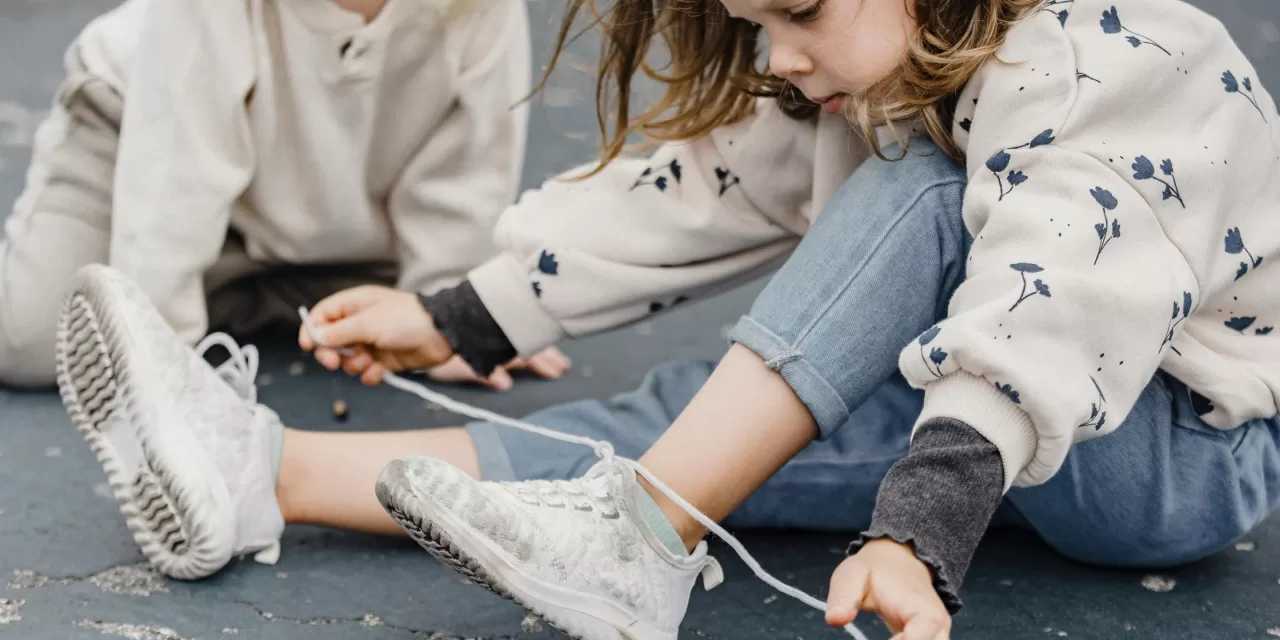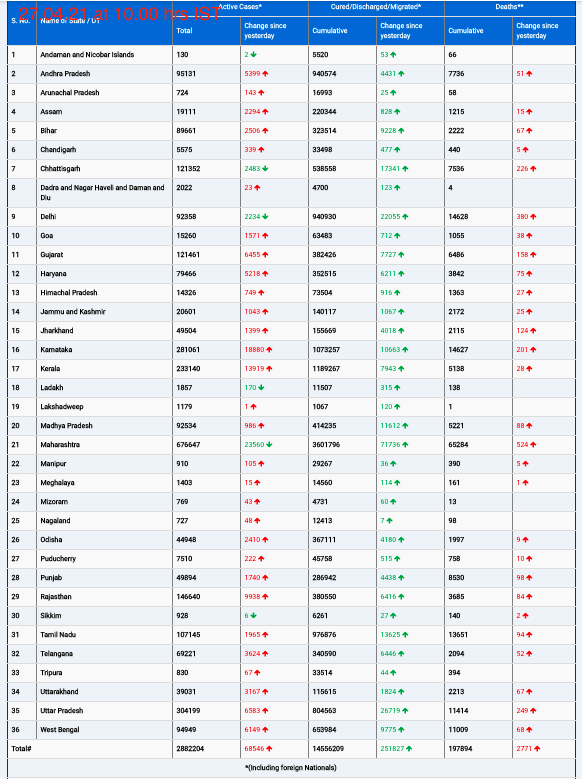Self-regulation is the ability to manage thoughts, emotions, and behaviors in pursuit of goals. This vital skill helps children navigate challenges, form positive relationships, and succeed in school and life. Research shows that the foundation for self-regulation begins between the ages of three and five, as children’s brains undergo rapid development.
But what role do parents play in fostering self-regulation? Let’s explore some strategies to guide your child in learning to regulate themselves.
Why is Self-Regulation Important?
Self-regulation is crucial for a child’s social and academic success. A child who can self-regulate is better equipped to handle frustration, follow rules, and persist with difficult tasks. For example, during a game, a self-regulated child can wait their turn, keep playing even if they are losing, and follow the game’s rules. In contrast, children with low self-regulation may become upset easily, experience meltdowns, and struggle with frustration.
These early experiences of managing emotions and behavior can shape a child’s long-term future. Research links low self-regulation in preschoolers with problems in adulthood, including substance abuse, gambling, poor health, and difficulty maintaining healthy relationships.
The Role of Parents
While self-regulation is influenced by genetics, the environment plays a significant role. This is where parents come in. Parents often instinctively step in to solve problems for their children. However, offering too much help too soon can hinder the development of self-regulation. Children need to face challenges to learn how to persist, think flexibly, and create solutions.
Jumping in to ‘Help’
As parents, it’s natural to want to protect children from difficulty. But constantly stepping in to fix problems can prevent them from learning valuable skills. Whether it’s opening a bottle or tying shoelaces, overcoming small challenges teaches kids resilience and problem-solving.
For instance, if your child is working on a puzzle, resist the urge to jump in immediately when they seem stuck. Instead, wait for them to ask for help or show frustration. When parents allow children to face challenges, they develop confidence in their ability to solve problems.
What Can Parents Do Instead?
There are ways to guide your child through challenges without solving the problem for them. If your child is stuck on a task, start by offering verbal guidance. Ask questions like, “Have you tried all the pieces yet?” or offer suggestions such as “What does the diagram show?” This keeps the child in charge of the solution, while still receiving support.
Step Up Your Approach Gradually
If verbal guidance isn’t enough, you can offer more hands-on help. For example, you might move some puzzle pieces closer to your child to draw their attention. If the child still struggles, you can directly identify the piece they need but let them complete the task. The goal is to provide just enough support to help without taking over.
Let Kids Lead the Way
The most important thing to remember is that children should guide how much support they receive. Don’t jump in with full assistance without giving them the chance to ask for help. Start with verbal cues, offer small hints, and then step in with more hands-on help if needed. And remember, your child might solve the problem differently from how you would—let them take charge.
By allowing children to face challenges and guiding them through problem-solving, parents can help develop their self-regulation skills. This will not only help them in the present but will set them up for success in the future.











